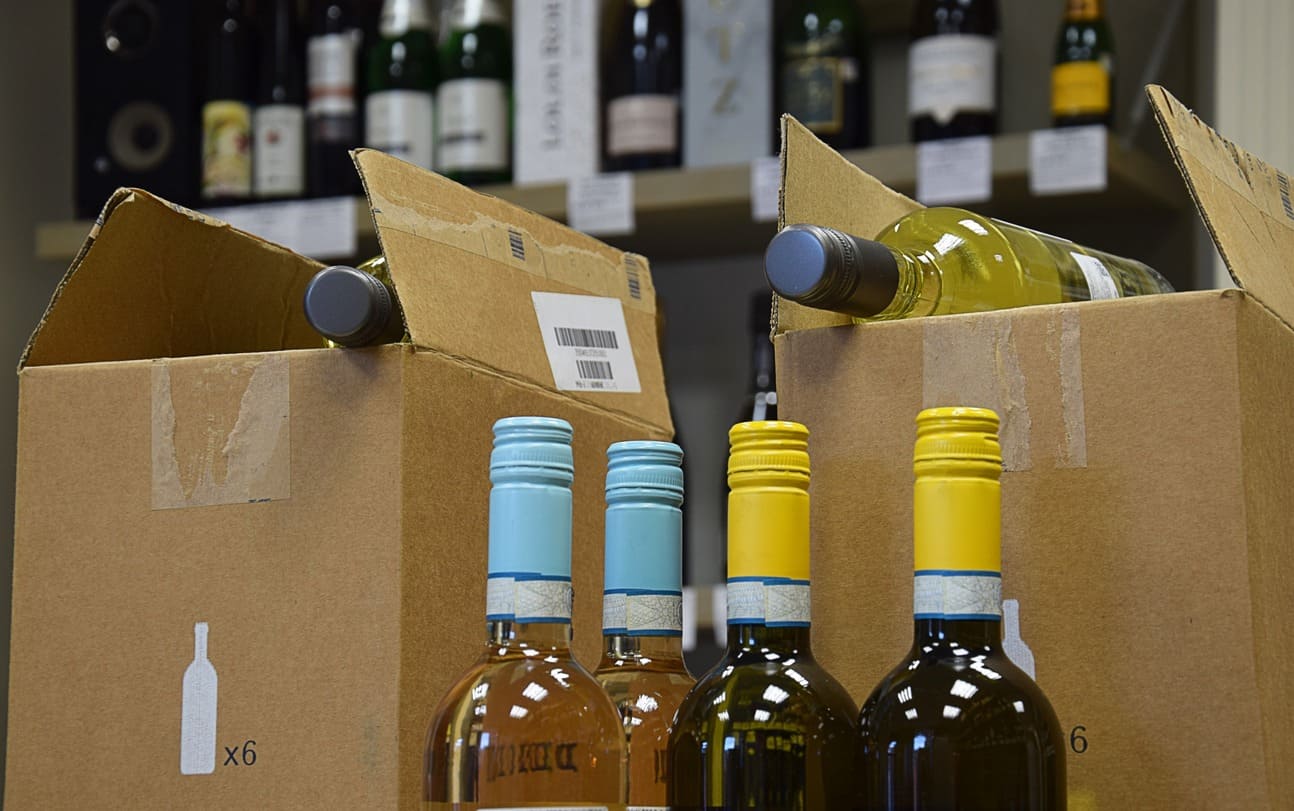Legal Drinking Age in Australia: When Can You Buy Alcohol?
In Australia, the legal drinking age is a significant aspect of societal norms and regulations, designed to balance personal freedom with public safety. As individuals approach the threshold of adulthood, understanding when and how one can legally partake in the consumption of alcohol is essential. This article will delve into the nuances of the legal drinking age in Australia, revealing a landscape that is both varied and captivating.
Australia’s legal drinking age is uniformly set at 18 years, signifying a rite of passage into adulthood for young Australians. However, the implications of this age threshold extend far beyond mere numbers and dates. It is crucial to examine the historical context, societal perceptions, and the ramifications of this legislation on youth culture.
With each state and territory enforcing its regulations, the legal drinking age’s evolution underscores a broader dialogue surrounding youth’s interaction with alcohol.
The Historical Context of the Legal Drinking Age
The legal drinking age in Australia has experienced its share of changes and debates over the years. The shift from a drinking age of 21 to 18 in the late 20th century can be attributed to evolving perceptions of maturity and responsibility. Various studies unveiled a disquieting trend: imposing a higher drinking age did not necessarily correlate with lower alcohol consumption among youths. Instead, it prompted a surge in clandestine drinking among teenagers eager to rebel against restrictive laws.
As societal norms shifted, so did legislative measures, culminating in the adoption of 18 as the legal threshold across the nation by the 1990s. This significant change was rooted in the understanding that young adults, at 18, were entrusted with other responsibilities such as voting, joining the military, and entering into contracts. This pivotal alteration meant that the government recognized the transition into adulthood not just in theory but in practice.
The Influence of State Regulations on Alcohol Accessibility
Though the legal drinking age is set at 18, the variation in state regulations regarding alcohol purchase throws another layer of complexity into the equation. Each Australian state and territory has its own set of laws governing the sale and consumption of alcohol, which can lead to distinctive experiences for individuals navigating the drinking landscape. For instance, in some regions, there may be specific times during which liquor can be sold, or certain licensed venues may have restrictions that influence when young adults can access alcohol.
Additionally, some states impose strict regulations on the sale of alcohol to minors. The enforcement of identification checks is commonplace in venues, reinforcing the seriousness with which many places approach compliance with the law. While this may seem burdensome to many young drinkers, these checks are in place to help foster responsible drinking practices and mitigate the risks associated with underage consumption.
The Societal Implications of the Legal Drinking Age
The conversation surrounding the legal drinking age is intricately tied to broader societal implications. The decision to allow those aged 18 and above to buy and consume alcohol invites discussions about personal responsibility, health considerations, and the cultural significance of alcohol in Australian society.
As Australia grapples with the dual pressures of celebrating a rich drinking culture while promoting public health, various organizations have emerged, advocating for responsible drinking. Programs aimed at educating younger populations about alcohol-related harm and the importance of moderation have become increasingly prevalent. These initiatives are pivotal in shifting narratives surrounding drinking from mere enjoyment to awareness and responsibility.
A curious trend has emerged in recent years with the rise of alternative drinking spaces and low-alcohol options. Many young Australians are choosing to explore non-traditional venues where the emphasis is less on heavy drinking and more on social interaction and community building. This shift beckons a wider contemplation on how legality, accessibility, and personal choices converge, shaping the experiences of future generations.
In conclusion, navigating the intricate web of the legal drinking age in Australia reveals a deeply rooted cultural significance interspersed with layers of complexity. As society continues to evolve, so too will the discussions surrounding alcohol consumption, personal responsibility, and the role of legislation in shaping behavior. The exploration of these themes can foster a greater understanding and perhaps encourage healthier attitudes towards drinking among young Australians.
You May Also Like
Best Fish to Catch in Australia: A Guide for Anglers
Australia boasts an extraordinary diversity of fish species, making it …
Emily Bay Norfolk Island: A Hidden Gem in the Pacific
Emily Bay, a picturesque enclave nestled on the sun-kissed shores of …
Holidays on August 23: Global Festivities & Observances
August 23 is a date that carries a bouquet of cultural significance …





